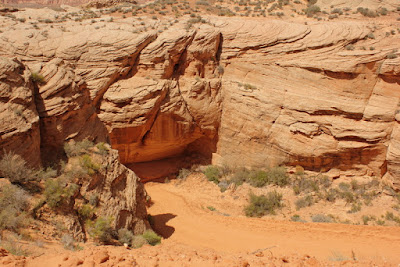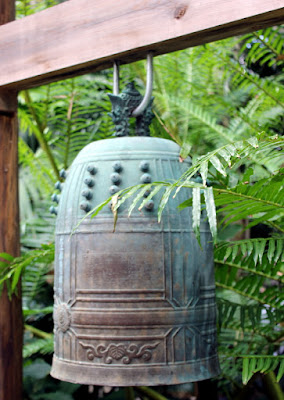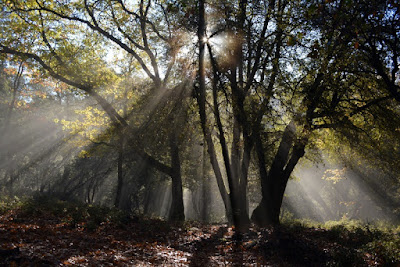Installment two of the great Arizona/New Mexico Road Trip...
Let me tell you a little secret about traveling with my
friend Kerri. You’d better be ready to GO. She packs more into a day than
almost anyone I know. I’m grateful for this, because I’m a bit of a slug by
nature. Each day of our trip was chock full of seeing the sights, driving,
talking, eating, listening to music or podcasts, hunting that perfect
photo, and exploring anything that caught our interest. Last week, I skipped ahead in our trip to write
about Antelope Canyon, but now I’m backtracking to our first day’s adventures:
Petroglyph National Monument is just outside Albuquerque,
New Mexico, and it was our first stop on the trip. After checking in at the
visitor’s center for advice on where to go if we didn’t have much time, we
settled on Boca Negra Canyon. It was a beautiful morning, with cobalt blue
skies and cool temperatures. A few minutes easy walk brought us into an
area of tumbled volcanic rock, and the petroglyphs were easily spotted on the
dark surfaces. These markings were created by Native Americans and early
Spanish settlers approximately 400-700 years ago. This area is considered a sacred
landscape by the American Indians, according to the Park Service brochure.
We also caught glimpses of the wildlife of the area—rabbits,
quail, lizards, and what might have been ground squirrels or prairie dogs—they
were too fast and too far away to tell.
Our next stop was a roadside attraction we stumbled upon:
Located in a collapsed lava tube, the ice on the floor is
approximately 20 feet deep. The deepest ice dates back to 1100 AD. Arctic algae
causes the ice’s green tint.
We finished off the day sunset gazing on the way to Cottonwood, Arizona:
Where we stayed at the delightful Iron Horse Inn.
In our next installment, our intrepid travelers
discover perhaps the world’s most delicious breakfasts, cliff dwellings, and even
more stunning rock formations.
*Kerri dubbed her Facebook photo album for our
trip “An Enchanted Meander”—and I’m shamelessly appropriating the name.






























































.jpg)


